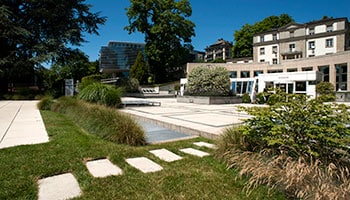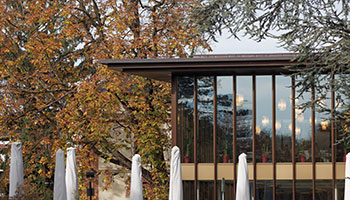LEGO: Consolidating distribution (B)
By the end of 2006, LEGO had to make a key decision: continue with the closure of the remaining regional logistics operations and transfer responsibility to DHL in the Czech Republic, or find an alternative solution. Costs were spiralling and the partnership with DHL was on the brink of a divorce. None of the solutions would be simple to implement, but did LEGO and DHL really have any other choice? This is a follow-up on the A-case and describes the actions taken by LEGO and DHL to ultimately create an efficient and flexible logistics process, more advanced than any of its closest rivals and one that will especially demonstrate its strength and true value during turbulent times.
Both partners were initially looking at the entire process from their own perspective, creating a situation that, at first sight, appeared irresolvable. It took them a year before they realized that a solid partnership can only be developed on some common ground. After that, both parties became more open-minded and agreed to make concessions. Often, a simple event between two parties, like a dinner or good heart-to-heart talk can make a breakthrough. In this case it was a secret hotel meeting that did the trick. With the pieces of the puzzle now more easily falling into place, the partnership grew stronger and LEGO and DHL now share the same objectives and targets. Not satisfied with only creating a standard centralized logistics process, LEGO pushed hard for new and inventive logistics solutions and services. The results, by the end of 2008, was that they had built a world-class process with a gain/pain sharing program, real-time performance measurement data, lean workshops, regular customer feedback surveys and additional value-added customer logistics services.
Cranfield University
Wharley End Beds MK43 0JR, UK
Tel +44 (0)1234 750903
Email [email protected]
Harvard Business School Publishing
60 Harvard Way, Boston MA 02163, USA
Tel (800) 545-7685 Tel (617)-783-7600
Fax (617) 783-7666
Email [email protected]
NUCB Business School
1-3-1 Nishiki Naka
Nagoya Aichi, Japan 460-0003
Tel +81 52 20 38 111
Email [email protected]
IMD retains all proprietary interests in its case studies and notes. Without prior written permission, IMD cases and notes may not be reproduced, used, translated, included in books or other publications, distributed in any form or by any means, stored in a database or in other retrieval systems. For additional copyright information related to case studies, please contact Case Services.
Research Information & Knowledge Hub for additional information on IMD publications
Few Business to Business (B2B) marketplaces have succeeded. Metalshub has successfully combined a software platform as a service, with a marketplace matching supply and demand for raw materials used in the Metals and Mining industries. Through inn...
MADRID (SPAIN), MARCH 2023. Jaime Garcia-Prieto, founder and CEO of Galeneo, was polishing the deck for the fundraising for his healthcare start-up. The seed round of €1 million would take him to the institutional A round scheduled for Q3-2024, a ...
Jewelry manufacturer and retailer Pandora is one of the largest jewelry players in the world. One of the key programs in Pandora’s circularity efforts had to do with the target of sourcing 100% recycled silver and gold by 2025. Executing on this g...
Although Patagonia is not a player in the luxury segment per se, its track record in achieving circularity speaks volumes to luxury brands in terms of what a more mass-market brand is prepared to achieve in the circularity space and on its implica...
Research Information & Knowledge Hub for additional information on IMD publications
Research Information & Knowledge Hub for additional information on IMD publications
Research Information & Knowledge Hub for additional information on IMD publications
Research Information & Knowledge Hub for additional information on IMD publications
Research Information & Knowledge Hub for additional information on IMD publications
Case reference: IMD-7-2457 ©2024
Research Information & Knowledge Hub for additional information on IMD publications
Research Information & Knowledge Hub for additional information on IMD publications
Research Information & Knowledge Hub for additional information on IMD publications
Research Information & Knowledge Hub for additional information on IMD publications
Research Information & Knowledge Hub for additional information on IMD publications





